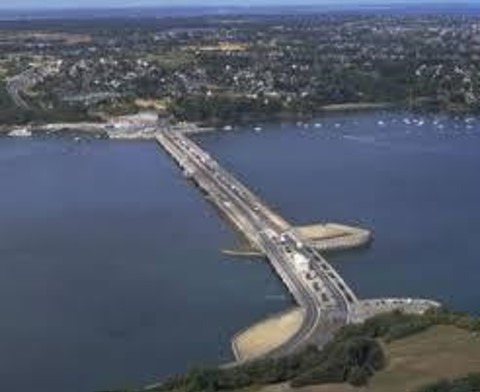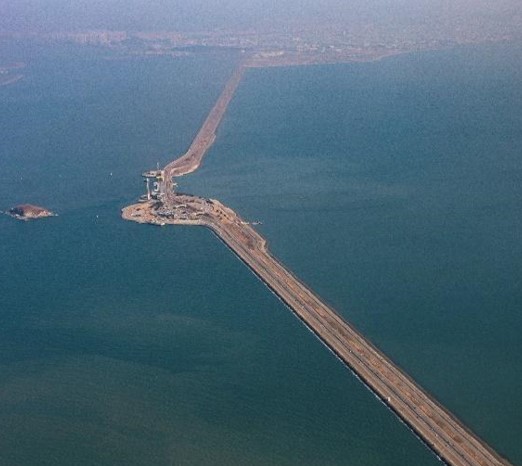- Definition and Types of Energy
- Myths And Misconceptions About Energy
- The Relationship Between Energy and Environment
- Climate Change and Carbon Footprint
- Greenhouse Gas Effect
- The Role of Human-Induced Greenhouse Gases and Energy Consumption
- Energy Efficiency and Sustainability
- Renewable Energy Sources and Future Perspectives
- Play and Learn
- Solar Energy Conversions
- Solar Energy Worldwide
- Solar Energy in Partner Countries
- Positive and Negative Impacts
- Technologies for Harnessing Solar Energy
- Solar thermal energy technologies and applications
- Electricity Generation Methods
- Passive Heating and Cooling of Residences with the Sun
- Concentrator solar power (CSP) systems and electricity generation
- Systems and Applications That Generate Electricity directly from solar rays
- Photovoltaic Cells and Panels
- Domestic PV Systems
- Off-Grid PV Systems
- Hybrid Connected Systems
- Materials Used in PV Cells
- Play and Learn
 Sea-Ocean Energy In The World
Sea-Ocean Energy In The World
The use of sea and ocean energies dates back to ancient times. The first known tide mill was operated by the Romans in 537 AD. Today's tide power plants are based on the principles of the law of gravitation, as explained by Newton in the 17th century.
In order to generate electricity from tidal movement, dam structures are built in areas where tidal amplitude is high. One of the most important examples of this system is the Rance Tidal Power Plant in France. This plant has a power of 240 MW and a 750-meter-long dam.
Another large-scale power plant is the 254 MW Sihwa Lake Power Plant in South Korea, which was completed in 2011. The idea of using wave energy to generate electricity has been discussed since the 1700s. However, in the 20th century, wave energy was first used in electricity generation in San Francisco and California, USA.
The world’s first large-capacity power plant built using modern wave energy technologies was built on the Isle of Islay off the west coast of Scotland, with a capacity of 500 kW. As of 2023, the total installed capacity of global ocean energy projects is set at 527 MW. Approximately 50% of these projects are in Asia and 45% in Europe.

